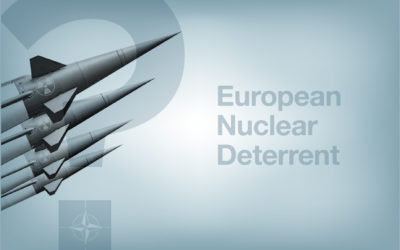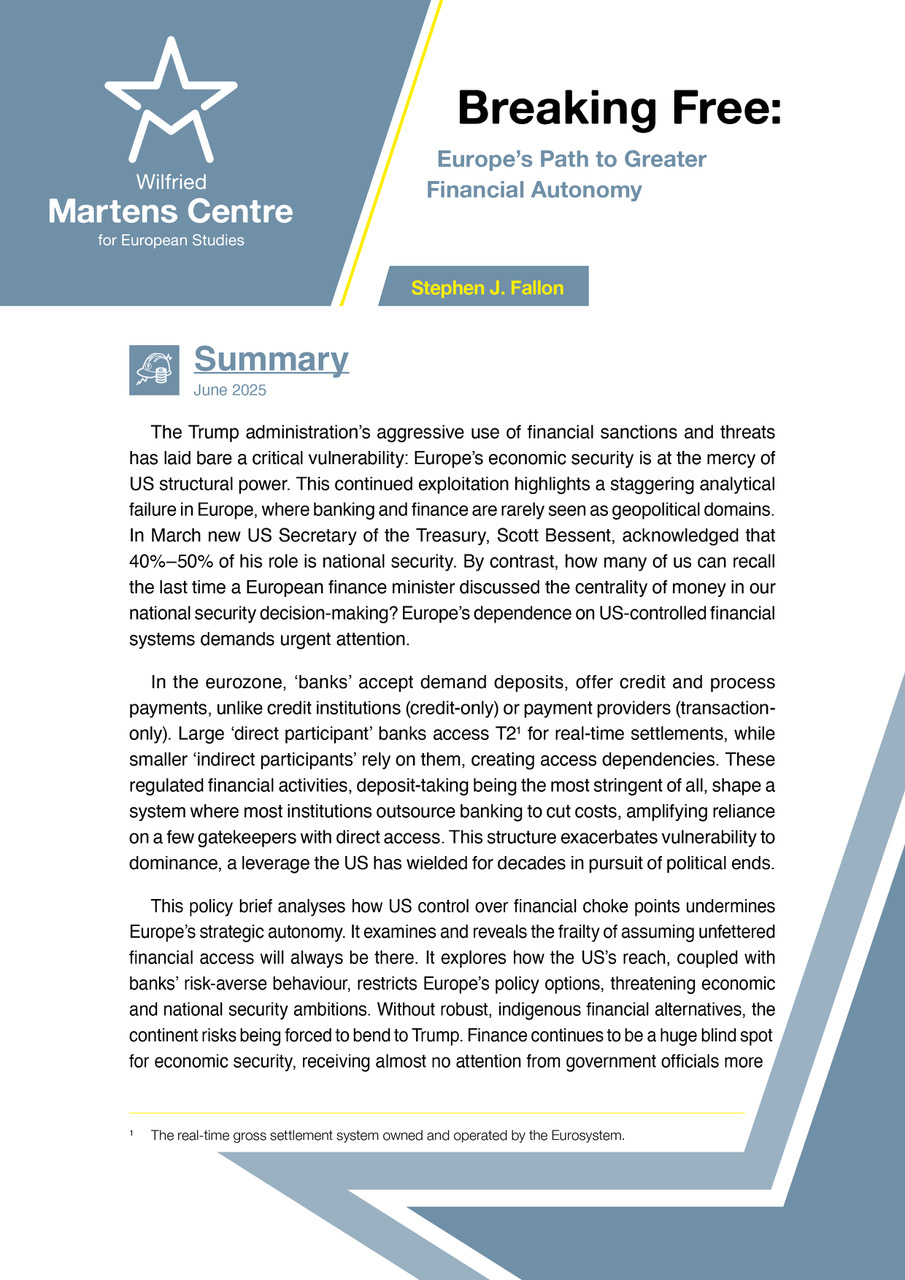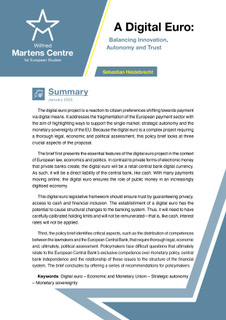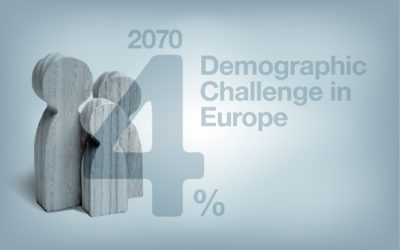Trapped in an EU of Central Governments? The Future of EU Cross-Border Regions
28 March 2024
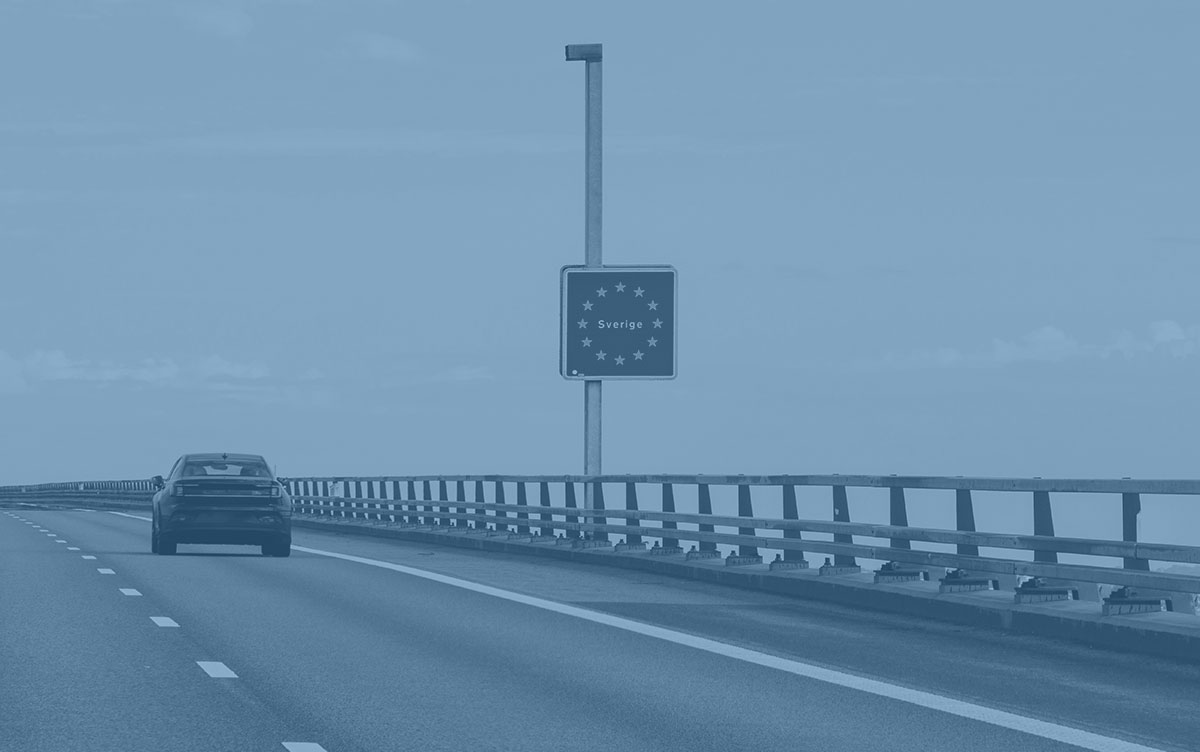
The borderless European Union (EU) created by European integration is, in truth, still characterised by numerous borders of various kinds. Whilst EU Member States’ boundaries have undoubtedly changed their meaning and function, from lines of separation to bridges, national borders have de facto never disappeared.
To date, 40% of EU territory is constituted of border regions, i.e., sub-national entities located along or very close to land borders between Member States and/or EFTA countries. Moreover, almost 30% of the overall EU population resides in these areas, accounting for 30% of the EU’s GDP. One of the most tangible signs of cross-border relations is the number of cross-border commuters, which amounts to nearly 2 million. Although this data suggests that EU internal border regions cover an important portion of the Union’s territory and are actual living areas, these regions are often treated as peripheries by their respective states.
The border-bridging capacity of these territories is acknowledged, particularly by the European Commission, which defines them as living laboratories of EU integration and supports their demand for a new legal tool for cooperation. National authorities, however, are more reluctant to provide these regions with a new cooperation instrument under EU law. So, what is next for EU cross-border regions?
A failed attempt
The existing EU initiatives – like Interreg A and the tool “European Grouping of Territorial Cooperation” – have value on their own, yet they are not fit to overcome the legal and administrative obstacles resulting from differences in national laws and hampering cross-border cooperation in various sectors. For instance, conflicting rules on internships between The Netherlands, Belgium and Germany discourage Dutch students from doing an internship in neighbouring Germany or Belgium, because they would not be provided with health insurance, thereby making the cross-border labour market less attractive. To mention another example, the Portuguese urban centres of Elvas and Campo Maior and the Spanish one of Badajoz cannot develop a cross-border public transport system because their competencies in the sector stop at their national borders, making it impossible for them to arrange shared buses.
In 2015 a discussion at the EU level began about these so-called ‘cross-border obstacles’. As a result, the European Commission proposed a regulation on the European Cross-Border Mechanism (ECBM) in 2018, which was welcomed by the European Parliament. As originally foreseen by the Commission, the ECBM Regulation would have enabled “the application, within a given Member State and in relation to a common cross-border region, of the laws of a neighbouring Member State if the laws of the former were a legal obstacle to the delivery of a joint project”, as summarised by the EPRS.
However, national authorities suspended the negotiations on the ECBM in the Council, mainly due to concerns about territorial sovereignty, subsidiarity, and the legal basis of the instrument. Ironically, this decision was officialised in July 2021, i.e., in the middle of the Covid-19 pandemic, which emphasised precisely the negative effects that the closures of national borders had on citizens living and working in these areas.
Widening the EU toolbox for cross-border cooperation
Although it is understandable that such a legal tool may raise some initial concerns, stopping its discussion only makes the list of cross-border obstacles longer. Another example comes from healthcare. In some places, the nearest hospital is the one located on the other side of the border. Setting up a cross-border ambulance service, however, requires complex agreements between states, which could be simplified precisely with a tool along the lines of the ECBM, as argued by MEP Pascal Arimont (EPP/BE). A mechanism, as stressed by MEP Herbert Dorfmann (EPP/IT), whose activation should remain voluntary to not undermine the sovereignty of Member States.
Overall, cross-border obstacles showcase the need for a more polycentric Europe, especially in the field of territorial cooperation. We need an EU that does not cancel states’ territorial boundaries or national identities but prioritises people-based and place-based solutions. This would also go hand-in-hand with strengthening horizontal coordination between sub-state actors across state borders, thus reinforcing the EU multilevel governance system more broadly.
This vision would also allow Member States to prevent a political risk. Indeed, overlooking cross-border obstacles may lead to EU discontent and unattractiveness of the European project in EU borderlands. Conversely, cross-border regions must remain living laboratories of European integration.
Moreover, it was estimated that existing cross-border obstacles lead to a loss of 3% of total EU GDP and 8.8% of total GDP produced in land border regions, with a loss of employmentof over 6 million jobs. Addressing cross-border obstacles would yield some of the EU’s untapped economic potential.
A glimpse of hope for cross-border regions
Following the active role of the European Parliament in relaunching the ECBM, the Commission in December 2023 adopted an amended proposal for a Regulation on Facilitating Cross-Border Solutions. The proposal is said to preserve the original objective of resolving cross-border obstacles while taking into consideration the concerns and recommendations previously made by the European Parliament and the Council. The legislative procedure will therefore restart.
It remains to be seen whether the new proposed tool will address the unsolved questions. While the European Parliament’s support seems clear, it is now up to national authorities to end the centre-periphery cleavage and transform their border regions from peripheries of their states into the core of Europe. Fewer cross-border obstacles would also mean a more integrated and better-functioning EU.
ENJOYING THIS CONTENT?




